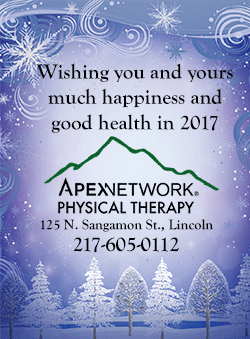|
 The results are based on observations of just 36 doctors-in-training
at one hospital in Switzerland. But research dating back more than
half a century has documented physicians dedicating a similar amount
of their workdays to direct patient care, said Dr. Nathalie Wenger,
lead author of the current study. The results are based on observations of just 36 doctors-in-training
at one hospital in Switzerland. But research dating back more than
half a century has documented physicians dedicating a similar amount
of their workdays to direct patient care, said Dr. Nathalie Wenger,
lead author of the current study.
“It has not really changed in 50 years,” Wenger, a researcher at the
University Hospital of Lausanne, said by email.
During the study period, the doctors spent an average of 1.7 hours
per shift with patients, 5.2 hours using computers and 13 minutes
doing both, Wenger and colleagues report in the Annals of Internal
Medicine.
Patient care might not necessarily be better if doctors had less
screen time, but cutting back could still have some advantages,
Wenger said.
“It will clearly improve satisfaction of physicians, reduce their
stress and improve medical education by freeing up time for that,”
Wenger said.
For the current study, Wenger and colleagues observed medical
residents for a total of about 698 hours.

Teams of observers recorded the residents’ activities throughout
their shifts at the hospital, sorting tasks into one of 22 different
categories such as direct or indirect patient care, communication,
academic or nonmedical work.
Day shifts typically lasted 11.6 hours, or 1.6 hours longer than
scheduled, the study found.
During day shifts, doctors spent about 52 percent of their time on
activities indirectly related to patients such as writing in medical
records, collaborating with other clinicians, looking for
information needed to treat patients and handing off care to other
providers.
Physicians spent about 28 percent of their day shifts on direct
patient care including clinical exams and medical procedures and
rounds done as part of the residency program to review treatment
with colleagues.
They spent only about 2 percent of their time communicating with
patients and families, and about 6 percent of their time either
teaching, receiving training or doing academic research.
During shifts, physicians spent up to about 45 percent of their time
on computers, the study found.
[to top of second column] |

Beyond its small size and single site, other limitations of the
study include the fact that residents knew they were being observed
and may have adjusted their work accordingly, the authors note.
It also wasn’t an experiment designed to prove how different uses of
physician time influence patient outcomes.
Still, the findings add to a growing body of research documenting
how much of doctors’ time is taken up by administrative tasks, said
Dr. Susan Thompson Hingle, a researcher at Southern Illinois
University School of Medicine in Springfield who wasn’t involved in
the study.
“Having observed residents and talked with residents, I do not think
the findings are unique to the Swiss,” Hingle said by email. “It
seems as though the studies continue to confirm the enormous
administrative tasks that physicians and physicians in training,
regardless of level, clinical venue, or geographic location, are
faced with.”
Patients often complain that doctors don’t spend enough time with
them and that physicians spend more time focused on the computer
than on them, Hingle said.
“When our attention is not on the patient, we miss important
non-verbal cues; we are distracted and not actively listening; we
miss opportunities to build a trusting, healing relationship with
our patient,” Hingle added. “Without that trust, patient adherence
is less which impacts patient outcomes, and patient satisfaction is
less, which also impacts patient outcomes.”
SOURCE: http://bit.ly/2fazTFW Annals of Internal Medicine, online
January 30, 2017.
[© 2017 Thomson Reuters. All rights
reserved.] Copyright 2017 Reuters. All rights reserved. This material may not be published,
broadcast, rewritten or redistributed.
 |